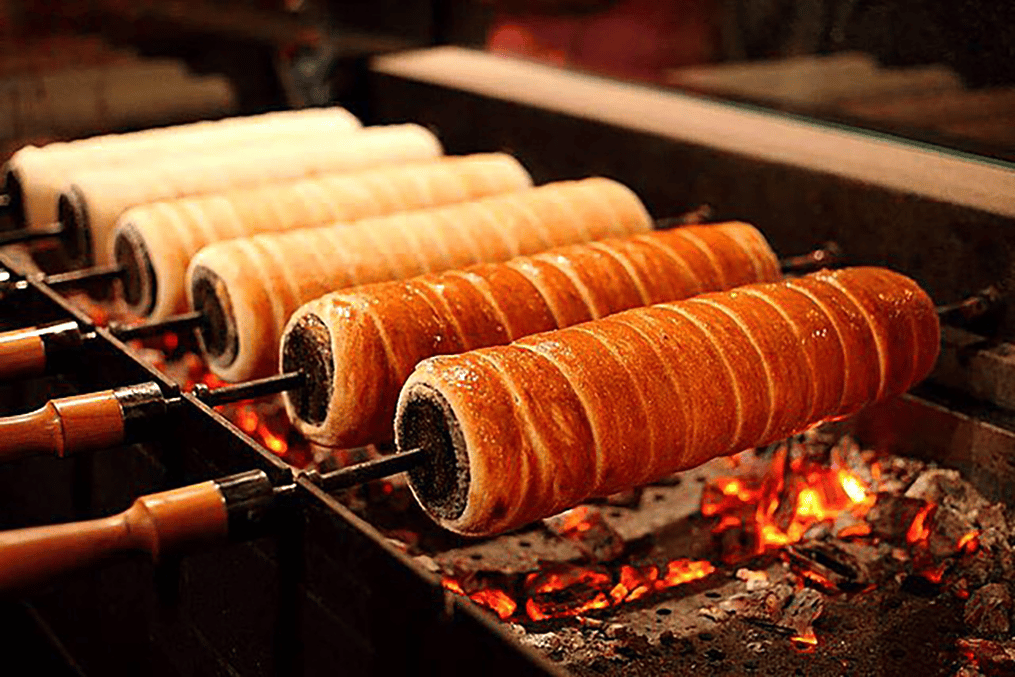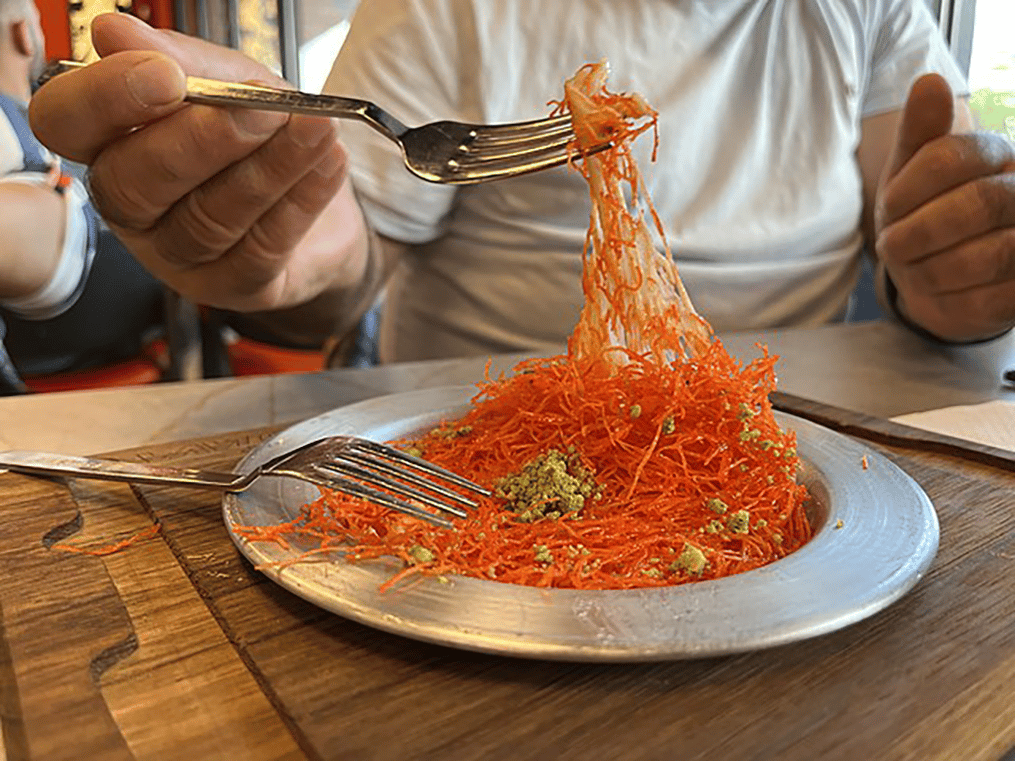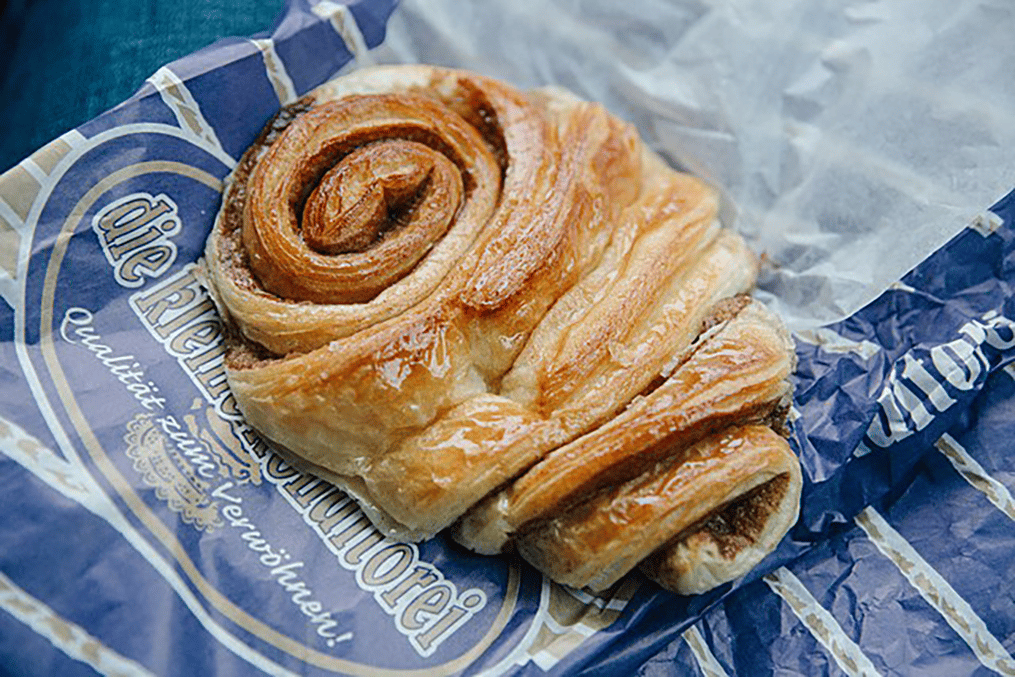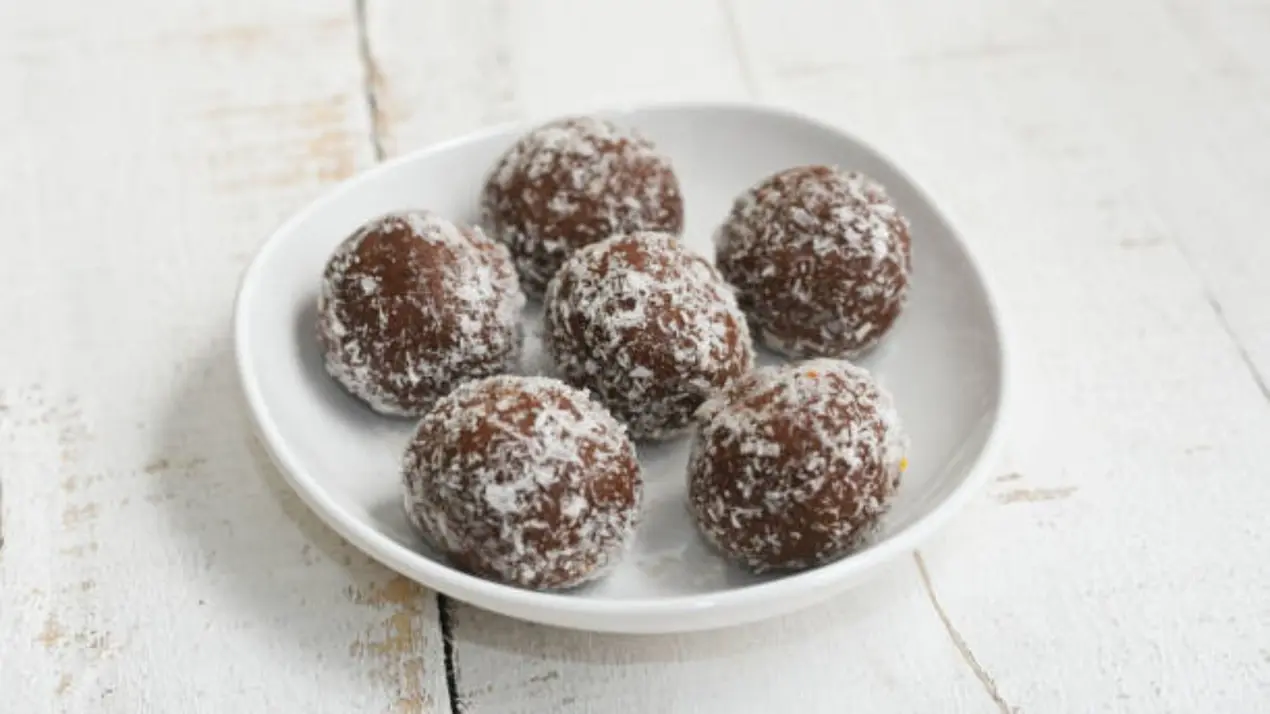- Home
- Articles
- Special Sweet Pastries Around the World, so Sweet You Might Just Start Craving for Them
Forget your tea cake recipe, and instead switch up to yeasty twists to sweet-filled pastries around the world that is a tea or coffee break special in their respective countries

Fruit filled baked pastries to ones with an incredible cheese pull, no not pizza, topped with nuts, pastries are unique to certain countries that are a staple in the first half of the day. If not that, some are sweet enough to be enjoyed as a dessert alongside a beverage or good enough for just binge eating, so just forget your tea cake recipe and perhaps indulge in these instead? The ingredients remain the same for most – flour, yeast, sugar and a little pinch of salt – with a few more ingredients added and different techniques used to result in a completely different pastry. Here are some of them.
1. Apfelstrudel
One of the most popular sweet somethings in Austria, Apfelstrudel dates back to the 1800s while strudels have been around 1696. It came to Hungary first then Austria, back then both were united under the Austro-Hungarian empire. This delicious baked apple delicacy was said to have been made for the Emperor of Austria and served to the elite in Vienna. The technique for making strudel is linked to the baklava, either by the Greeks or the Turks, where both involve thin sheets of dough being perfected to hold, in this case, the apple filling. Sometimes dried fruits, nuts and rum are also added in this delicious sweet pastry.
2. Spit cake (Kürtőskalács)

Also known as the chimney cake, this weird pastry is from Hungary that is tube-shaped and baked to resemble hollow rolls. The first ever recipe can be found in a 1784 cookbook written by the Transylvanian countess Mária Mikes de Zabola titled Kürtős kaláts’ à la Mrs Poráni. The shells are coated in melted butter, rolled in granulated sugar, and roasted on a spit over charcoal. They can be filled with ice cream or whipped cream and topped with chopped nuts and cinnamon. There are many versions of this street snack available in neighboring countries too.
3. Rosquillas
Spanish doughnuts or Rosquillas resemble the American dougnuts in appearance to an extent, but when it comes to flavor it's quite different. There are many variations but the original is made with flour, milk, eggs, sugar, oil, baking powder, lemon zest and anisette, an anise flavored liqueur. The anisette might be replaced by Muscat wine, a kind of dessert wine, then it's known as Rosquillas de vino (wine Rosquillas). They are also popular in Latin American countries and in Honduras these doughnuts are made with corn instead of wheat and curd cheese and baked instead of being deep fried.
4. Kunāfah

Kunafa is made with twin layers of buttered and shredded phyllo dough that is filled with local cheese. Like Baklava, this delicacy also uses a sweet syrup and typically is drenched in sugar syrup flavored with orange blossom water and lemon. The crunchy and cheesy Kunāfah is topped with chopped pistachios and has an incredible cheese pull. It's said to have originated in Nablus, Palestine but some versions say it comes from Syria, when it was under Roman rule. It's one of the national dishes of Egypt and beloved in most Arabic and Middle Eastern countries.
5. Mille-feuille

Translating to a thousand leaves, mille-feuille is called so because it’s made with thin, delicate and crumbly puff pastry. The multiple layers have a filling of usually whipped cream or custard, but also uses fruit jam, pureed fruit, or a nut paste. It is decorated with icing made with vanilla and with a pattern set in chocolate, cocoa or almond are also popular. The recipe for this dessert was published in 1651, in La Varenne’s cookbook Le Cuisinier François. It's also called the Napolean, the version that is made exclusively in Naples, hence the name, it has nothing to do with the emperor of the same name.
6. Anpan
A sweet pastry from Japan, Anpan looks like a bun made with flour, milk, sugar, little salt, butter and yeast with a sprinkling of poppy or sesame seeds. It has a filling of the red adzuki beans in paste form or pounded form. A former samurai, Yasubei Kimura, invented this popular sweet roll, pastry or bun and his established shop where he made the world's first Anpan, called Bun’eido, is still in business.
7. Franzbrötchen

Looking like a crooked croissant, Franzbrötchen is a German sweet pastry hailing from the Hamburg area of the country. It's made with the usual ingredients – flour, milk, sugar, yeast with a filling of sugar and cinnamon; kind of like a cross between a croissant and a cinnamon roll. The dough is folded over and over to get that shape and it might also have raisins, pumpkin seeds or chocolate in the filling. The pastry is glazed with butter that gives it a sticky once it's baked and a beautiful glaze as well as taste. The French sounding name is due to the country's occupation of Hamburg during the reign of King Napolean. Another version says that one fine day a baker from Hamburg, goofed up or thought of cooking Franzbirt in butter, producing this sweet pastry.
Like This Article?
More Like This




Popular Articles





Trending Web Stories
Curated Recipes


















